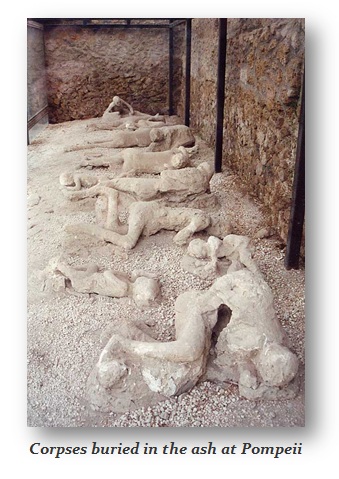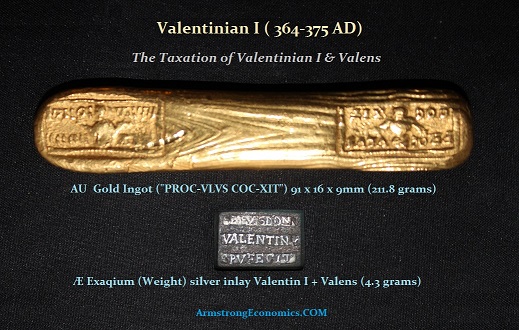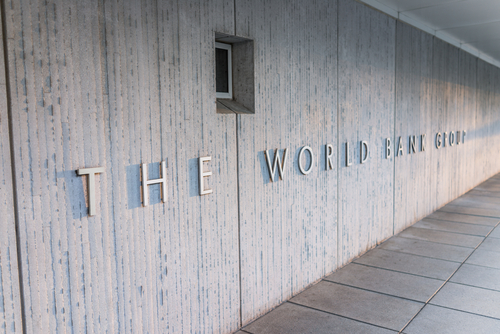QUESTION: Mr. Armstrong; You wrote that the 1906 San Francisco earthquake resulted in the Panic of 1907 and laid the foundation for creating the Federal Reserve. I was also told that the Kobe earthquake in Japan is what resulted in the Barclay’s loss. Is this why you also input natural disasters into your model? Has this been a pattern throughout history?
Thanks
PD
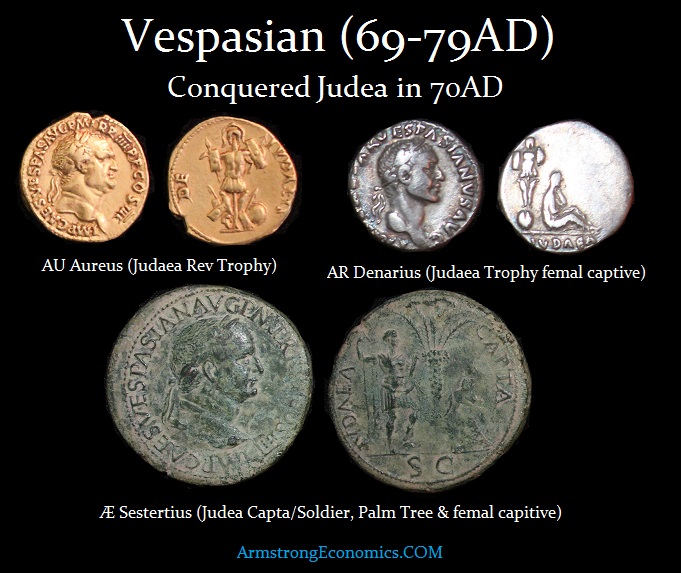 ANSWER: Absolutely. It is certain that when the eruption of Vesuvius started on the morning of August 24th, AD 79, which buried Pompeii, it caught the local population utterly unprepared. The Emperor Titus has just taken the throne following his father’s death on June 24th, 79. Like presidents will visit some natural disaster sites such as Katrina or some earthquake, Titus visited the Pompeii area in 79AD as well. He announced a state of emergency and set up a relief fund. He then created a fund for the victims by collecting all property of those who died without heirs. He converted this into a joint fund. He then provided for assistance in rehousing survivors.
ANSWER: Absolutely. It is certain that when the eruption of Vesuvius started on the morning of August 24th, AD 79, which buried Pompeii, it caught the local population utterly unprepared. The Emperor Titus has just taken the throne following his father’s death on June 24th, 79. Like presidents will visit some natural disaster sites such as Katrina or some earthquake, Titus visited the Pompeii area in 79AD as well. He announced a state of emergency and set up a relief fund. He then created a fund for the victims by collecting all property of those who died without heirs. He converted this into a joint fund. He then provided for assistance in rehousing survivors.
The Christians, at the time, attributed this to God’s retribution for the destruction of the Great Temple in Jerusalem in 70AD. Of course if that were really true, why wait 9 years and why let it happen in the first place?
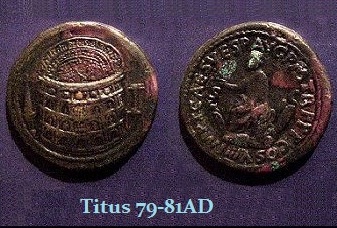
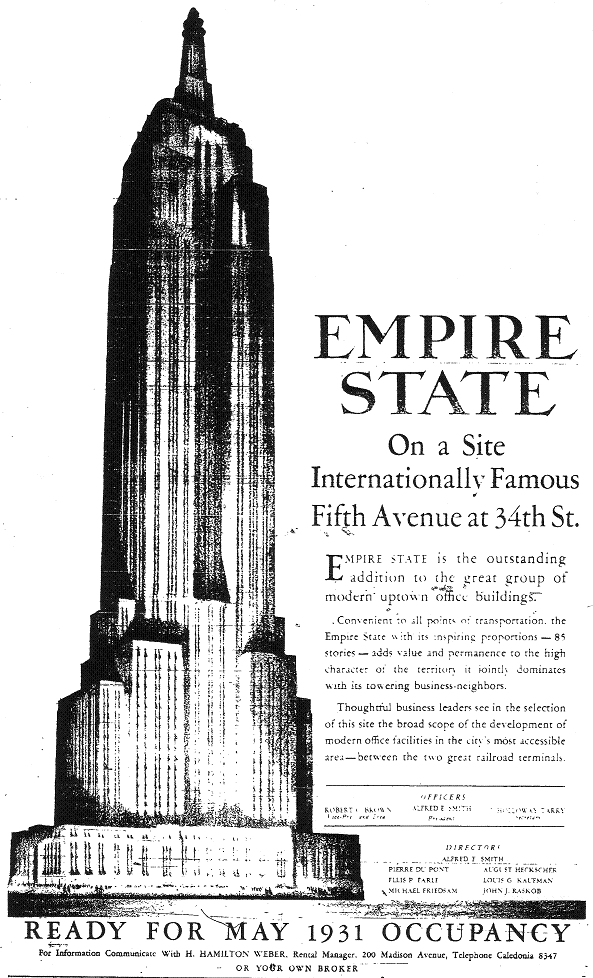 While Titus was viewing the Pompeii disaster, a fire ravaged Rome for three days. Once more the emperor provided generous relief to the victims. And then a third disaster struck – plague. This was one of the worst epidemics of plague on record that hit Rome. Titus tried his best to combat the disease with medical support, and also staging extensive daily sacrifices to the gods. The economy went into a financial panic.
While Titus was viewing the Pompeii disaster, a fire ravaged Rome for three days. Once more the emperor provided generous relief to the victims. And then a third disaster struck – plague. This was one of the worst epidemics of plague on record that hit Rome. Titus tried his best to combat the disease with medical support, and also staging extensive daily sacrifices to the gods. The economy went into a financial panic.
As the Empire State Building had begun construction before the 1929 Crash, here too the Colosseum had been begun under his father, Vespasian. In both cases, the Empire State Building and the Colosseum were opening in an economic depression in hopes of raising spirits. History repeats because humans always act the same. The Colosseum was to raise spirits as was the Empire State Building in 1931. Titus even issued this bronze Sesterius picturing the Colosseum to announce a new start, since coins were the newspapers back then.
It was a tsunami that wiped out Tokyo in 1923 after the earthquake. There was the huge earthquakes that sank Alexandria, Egypt, which spawned a huge tremendous tsunami that devastated Sicily and Greece on July 21st, 365AD. Edward Gibbon wrote in his Decline and Fall of the Roman Empire:
“In the second year of the reign of Valentinian and Valens, on the morning of the twenty-first day of July, the greatest part of the Roman world was shaken by a violent and destructive earthquake. The impression was communicated to the waters; the shores of the Mediterranean were left dry, by the sudden retreat of the sea; great quantities of fish were caught with the hand; large vessels were stranded on the mud; and a curious spectator amused his eye, or rather his fancy, by contemplating the various appearance of valleys and mountains, which had never, since the formation of the globe, been exposed to the sun. But the tide soon returned, with the weight of an immense and irresistible deluge, which was severely felt on the coasts of Sicily, of Dalmatia, of Greece, and of Egypt: large boats were transported, and lodged on the roofs of houses, or at the distance of two miles from the shore; the people, with their habitations, were swept away by the waters; and the city of Alexandria annually commemorated the fatal day, on which fifty thousand persons had lost their lives in the inundation. This calamity, the report of which was magnified from one province to another, astonished and terrified the subjects of Rome; and their affrighted imagination enlarged the real extent of a momentary evil. They recollected the preceding earthquakes, which had subverted the cities of Palestine and Bithynia: they considered these alarming strokes as the prelude only of still more dreadful calamities, and their fearful vanity was disposed to confound the symptoms of a declining empire and a sinking world.”
That event sent the empire into crisis and necessitated drastic measures. To pay for the disaster and the rising costs of the military efforts required during his reign in reconstruction and defense, Valentinian I (364-375AD) saw himself forced to introduce the highest, and most oppressive Roman taxes in history up to that point. He was keenly aware how bad this was and raised the taxes reluctantly. He then made an interesting sincere effort to protect the poor. In an attempt to share the financial burdens more justly he made great efforts to ensure that the privileged few would no longer avoid paying their taxes using influence as they do today lobbying for loopholes. He also created the office of ‘Defender of the People’, the role of which was to assist the poor. In every town such a Defender was appointed, empowered to protect the interests of the poor from infringements by the privileged classes and to ensure they were not bankrupted by the taxes.
Here we have a weight (exaqium) for measuring gold solidi for taxes. Because of the large number of under-weight and false solidi in circulation, financial reforms were instituted by Valentinian I and Valens whereby gold collected in taxation was to be melted into ingots and tested before acceptance. Coins ceased to be legal tender (acceptable for taxation). The few gold ingots that have survived from antiquity are found with official counterstamps and the present example illustrated here bears the inscription “melted by Proculus”.
So you see, history repeats because the passions of man never change. Emperors created relief funds and visited disaster sites in ancient times and they do today. It is just standard operational procedure.


